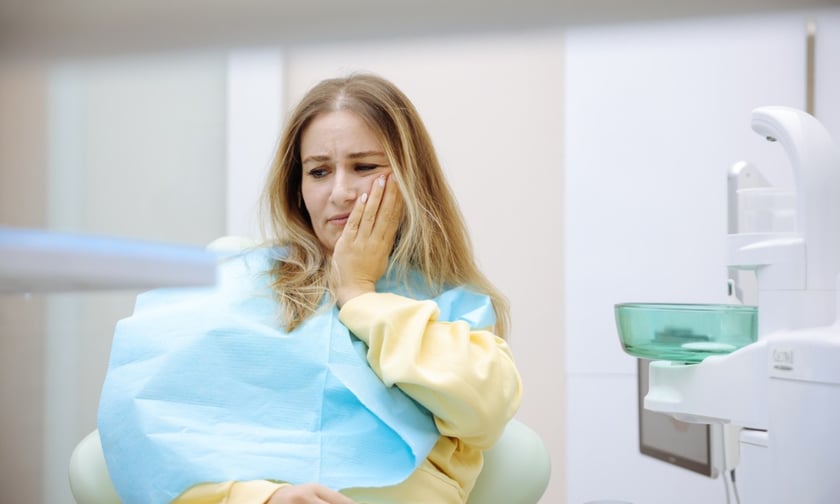

Private Healthcare Australia (PHA) is advocating for stricter regulations on the early withdrawal of superannuation for dental care, citing concerns that the trend is escalating dental costs for all Australians.
PHA CEO Dr Rachel David pointed to Australian Taxation Office data showing that 13,540 individuals withdrew a total of $313.4 million from their superannuation accounts for dental treatments last year, a stark increase from $66.4 million five years earlier.
The average withdrawal per person amounted to $23,146.
According to David, this surge is contributing to higher out-of-pocket expenses for dental services, impacting the 53% of Australians with dental insurance.
“We are very concerned about growing reports of dentists encouraging their patients to access their superannuation for dental care. It is a clear conflict of interest when the dentist can profit from it,” she said. “This is robbing people of their retirement savings, and it is driving up the cost of dental care for all Australians. We know an increasing number of people cannot afford to go to the dentist. We need to address why this is the case rather than creating another problem for the future.”
She acknowledged that while some individuals may see short-term benefits from accessing their superannuation for medical procedures, this could diminish their financial stability in retirement, potentially leading to greater costs for taxpayers in the future. She also noted that a 40-year-old who withdraws $20,000 now could be $100,000 poorer by retirement age.
To mitigate rising dental costs, PHA recommends:
See LinkedIn post here.
The organisation also advises the federal government to limit early superannuation withdrawals to terminal and life-threatening conditions. In the interim, suggested measures include:
“The benefits of compulsory superannuation in providing a retirement income for millions of Australians are significant. The government must consider what egregious billing is doing to all Australian consumers trying to access healthcare during a cost-of-living crisis,” David said.
In 2023, health funds disbursed a record $3.36 billion for dental treatments, marking a 17% increase from 2019, and covering nearly 51 million dental services.
The Australian Prudential Regulation Authority (APRA) reported a notable rise in private health coverage during the March 2024 quarter, with over 79,000 individuals obtaining hospital treatment cover since December 2023.
Insurers paid $1,645.8 million in general treatment benefits, reflecting a 3.1% increase from the previous quarter. Key categories included dental ($889.8 million), optical ($274.9 million), physiotherapy ($129.5 million), and chiropractic ($86.6 million).
General treatment benefits per person rose from $449.73 in March 2023 to $464.30 in March 2024, with dental services remaining the largest component.
